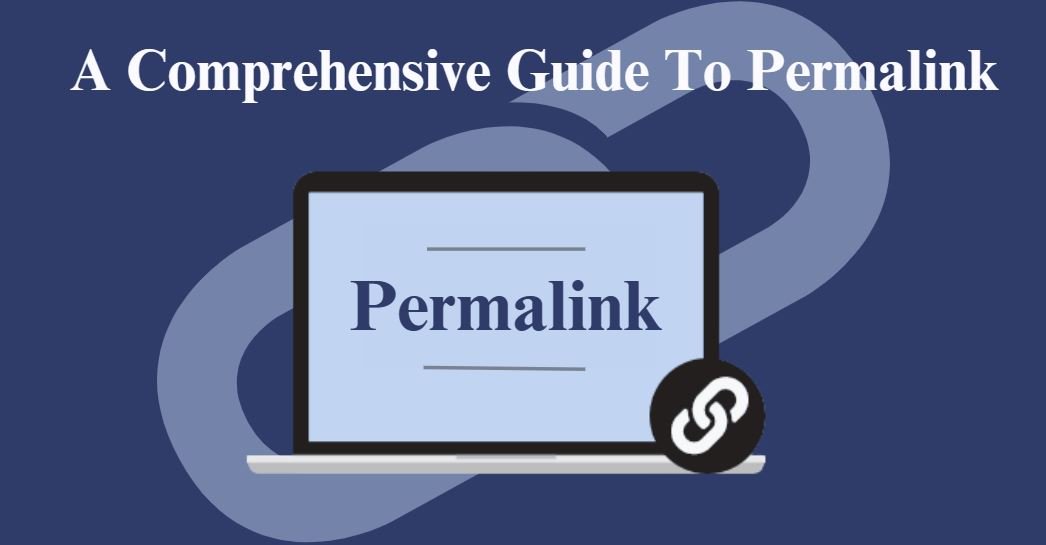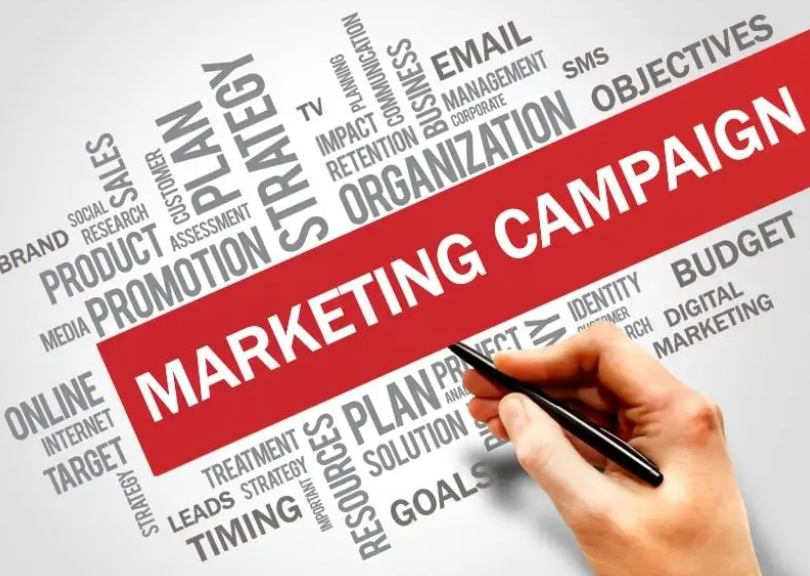Organic traffic is essential to the success of any digital marketing campaign. However, most strategists are unaware that content marketing strategy has the ability to unleash your website’s organic search possibilities, but doing so takes a solid strategy and a thorough grasp of content marketing and how it attracts organic traffic. Hence, to know the insights of content marketing, continue reading this blog.
What is Content Marketing?
Content marketing is a medium that entails the development and distribution of online content. It puts forward the information regarding your niche to generate interest in the company’s goods or services; promotes the brand through an indirect approach. For instance, if you consider the PowerPoint blog, here you would find all the answers to your queries regarding Powerpoint, business presentations, and its other variables.
However, unlike traditional marketing, today’s content requires a smooth, natural way of communicating with the audience. A practical method is to create a storyline around the material or perhaps to convey the topic in a narrative style. Consequently, your material will come off as more authentic, engaging, and tailored to the target group, persuading them.
How to create a Content Marketing Strategy?
To create an effective content plan, consider the following steps:
Define the Buyer Persona:
In order to create a successful content plan, you must explicitly identify the target audience for your content. Create buyer personas to begin with.
This step is particularly essential for those who are new to content marketing. Following that, you can create more relevant and valuable content to engage effectively with your target audience as they could relate to it.
However, if you are a seasoned marketer, then your objective may have shifted. Because of which you are likely to face many discrepancies. Due to this fact, you should do market research every year to reevaluate your audience characteristics in order to expand your audience.
Writing to your buyer personas doesn’t mean that it would enhance your organic search traffic. Instead, it will probably increase the likelihood of your material being shared on different platforms, including the socializing apps. With each sharing, your material’s value rises, and you get more references as well as inbound links. All of these elements are essential for improving your organic search engine rankings and growing your traffic.
Define the Smart Objectives:
Smart marketing objectives are specific targets that you want to achieve through your marketing activities. The term “SMART” stands for “Specific, Measurable, Achievable, Reasonable, and Timely”, and it disintegrates the many parts of your goal:
- Specific: everyone gets a clearer view of what the obligations are when the goals are specified. Hence, to specify the goals describe: what you are aiming for, the steps or action to be taken to meet that goal, and dividing the roles among your team to get started with the work.
- Measurable: measurable objectives help you track and quantify every step towards your goal. And if they are measured to be unsuccessful, you can put extra effort into them and alter them accordingly.
- Attainable: it’s critical to think about your resources, budget, skills, and circumstances when setting goals. Make sure to be realistic and set the goal within your reach, or else you’ll end up with nothing in hand except disappointment.
- Relevant: make sure the goals are relevant to your business. Consider what would follow if you succeeded in achieving your current marketing objectives. Would the outcomes be beneficial to the organization if you achieve those objectives?
- Time-bound: Assign yourself a certain amount of time and energy towards your goal that will make you bound to the track. Because without having a schedule, One can easily overlook the goals or prioritize other things
Define the Channels:
As you progress through this whole marketing process, you’ll begin to discover the online spots, websites where your target audience usually hangs out, and where you currently have a solid online presence. Remember that content marketing covers all the mediums through which you can spread awareness, such as podcasts, videos, articles, and social media postings.
Thus, once you gain knowledge about it, focus on what’s working well for you instead of attempting to tackle everything at once. Then, gradually, improve and build from where you already have set your position; it would benefit you more.
However, it would help if you double-checked your web analytics to make sure. Visit Google Analytics, and go through Acquisition » Social » Overview, examine the platforms where you have the most engagement over your content.
Define the Funnel:
The goal of a content marketing funnel is to generate as many prospects as possible into paying customers. Customers are guided via a step-by-step flow of the content as part of this system. Visualize the funnel’s structure, with the wider side narrowing from up down towards the tail; this is how the content funnel works methodically. Starting on the broadside with brand visibility, moving on to the interaction phase, and finally, conversion occurs. Content marketing strategy can help with all of these stages.
Remember that in case people don’t have any knowledge about you, then they won’t be able to join your audience or, more particularly, purchase from you. As a result, customers need to learn about your company first. A content marketing strategy can assist you in this area.
Create an Action Plan:
You’ve learned about all of the factors to consider while building up a content plan until this point. Hence, now it’s time to put together a content marketing strategy. First, make a list of the objectives, roles, requirements, and other variables. Then, plan out how you’ll operate things and how you’d like them to progress when you’re working on them.
Once you’re finished, present your work to your content management team and explain to them their role in the content plan. You might use Growth PPT templates to explain the content plan effectively.
Remember not to overlook the points discussed above while creating a content plan. Because if you aren’t considering these steps, you are probably wasting your time and money, as then you might not create an effective content marketing strategy. Hence, no good marketing plan means failure to achieve the desired goal, which will eventually make you lose your online position.

















